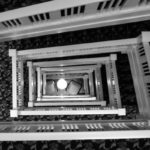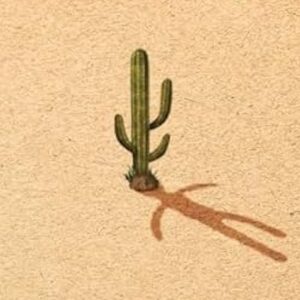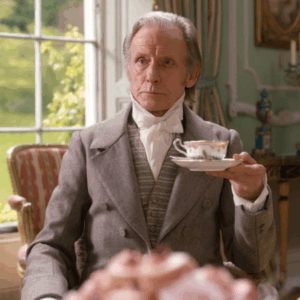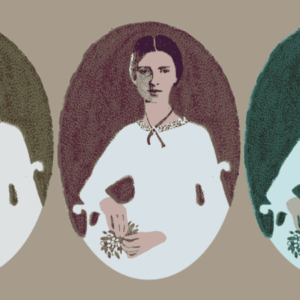
Poetry is a Pipe: Selected Writings of René Magritte
The Surrealist Master Takes on Another Form
You
“In your text’s mirror, Your mirror’s text.”
– C.G.
Painting draws your admiration by the likeness of things whose originals you do not admire. But this admiration is sometimes painful to you, it will take you far.
*
The word “painting” is ugly. It makes you think of heaviness, sometimes of pretentiousness. Pictures exist and attract you, but they are not paintings. They have two lives, or rather, none at all.
*
Scruples torment many painters but, once and for all, they are in a singular position. They are overlooked. They are always neglected. It is for reasons other than these that we are no longer moved by them.
*
The success of a work does not seem to depend much on its starting point, on the difficulties involved in realizing it. The finished picture is a surprise, and its creator is the first to be surprised. You want to achieve an even more striking, unexpected effect.
*
An object may be ridiculous or not. The wish to develop it in space demands more from oneself than from others. You may see life all over the place. You may guess at things that are dying so fast… It is better to resist, to read the secret calmly.
“Her Heart Is Mine…”
Her heart is mine. She raises her eyes, they change colour. She guides me, I breathe in a scalding perfume. She feels no constraint. On the contrary, her movements are little miracles.
I believed that I would be lost if I made the gesture that would win her over, and that I couldn’t possibly make it until I had made countless attempts. I chose her without hesitation. She lived in my set, I had never noticed her. Her presence was a challenge that I took up in a flash. There was nothing about her to indicate the violence of her passions.
We go deep into the countryside; it puts on its jewels as we approach. I meet no obstacles: nothing resists the power she has revealed to me, all desires are fulfilled, even our immediate longing for a surprising adventure.
“Poetry…”
Poetry is a pipe.
Words and Images
No object is so tied to its name that we cannot find another one that suits it better.

Some objects do without a name.
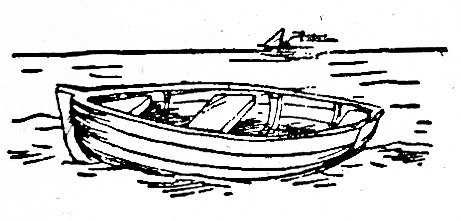
Sometimes a word merely serves to designate itself.
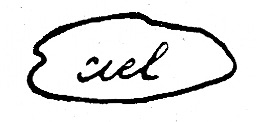
An object encounters its image, an object encounters its name. The object’s image and name happen to meet.
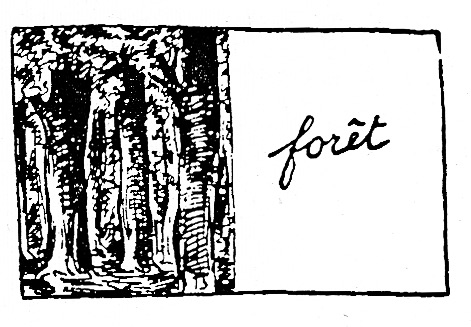
At times the name of an object stands in for an image.

A word can take the place of an object in reality.
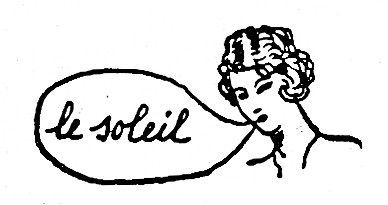
An image can take the place of a word in a statement.
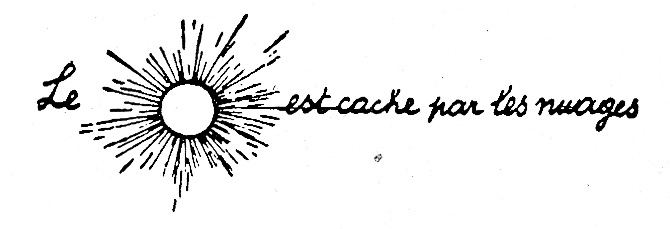
An object hints at other objects behind it.
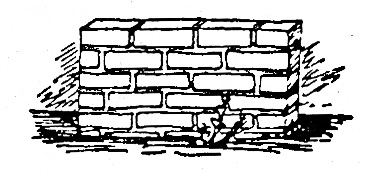
Everything tends to suggest that there is little connection between an object and what rep- resents it.

The words referring to two different objects do not show what can separate these objects from each other.
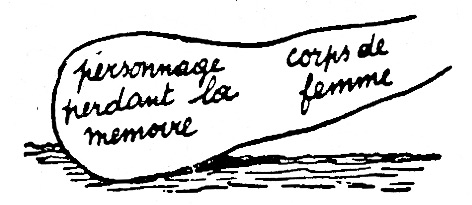
In a picture words have the same substance as images.
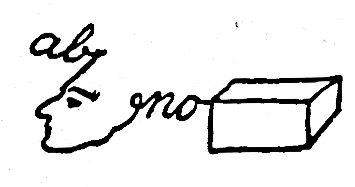
Images and words are seen differently in a picture.
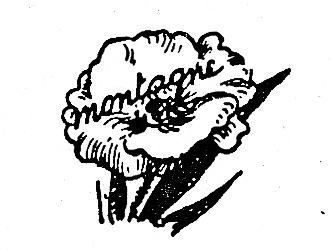
Any old shape can replace the image of an object.
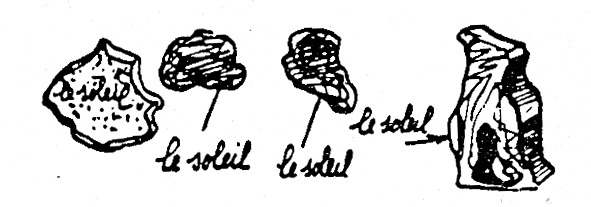
An object never does the same job as its name or image.
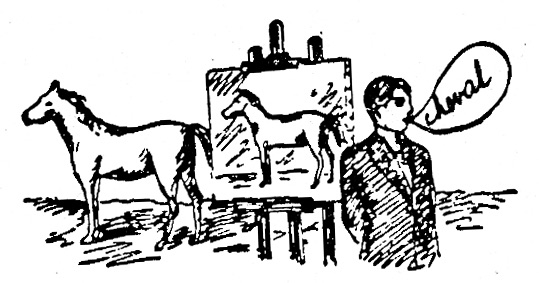
Now, the visible outlines of objects touch in reality as if they make up a mosaic.

Indefinite shapes have a significance that is as necessary, as perfect as precise ones.
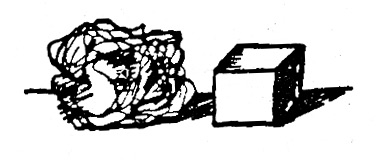
Sometimes written words in a picture refer to precise things, and images refer to indefinite things.
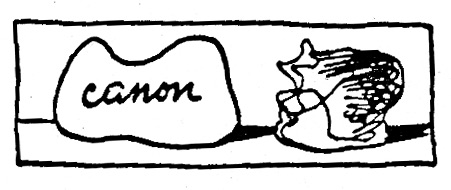
Or else, the opposite.

On Titles
I.
General comments apropos of titles:
The titles of pictures are not explanations and pictures are not illustrations of titles. The relationship between title and picture is poetic, that is, it only catches some of the object’s characteristics of which we are usually unconscious, but which we sometimes intuit, when extraordinary events take place which logic has not yet man- aged to elucidate.
1. Alice au pays des merveilles
We imagine the tree to be living in wonderland. To this end, the landscape and the tree have human features.
2. L’Invention du feu
The amazing discovery of fire. Thanks to the friction of two bodies together, suggestive of the physical mechanism of pleasure.
3. L’École buissonnière
Here, the idea of playing truant is applied to objects.
Life is no longer represented on a stage set, the roving imagination sees life as a show.
4. La Leçon d’esthétique
In the forest a hunter meets an art show.
5. Raminagrobis
The cat still exists in the twentieth century. The legend bursts into modern life.
6. L’Age du plaisir
We feel more intense pleasure when the most arbitrary objects (toad, cup and ball, woman, grotto, landscape) share in the thrill.
7. Le Civilisateur
Nature, the source of man’s finest inspirations, is here pictured as a forest in the shape of a castle and dog.
8. La Lampe philosophique
The meditations of the obsessive, absent-minded philosopher can suggest a mental world closed in on itself, as here a smoker is the prisoner of his pipe.
9. Jour de fête
Holidays are full of surprises. Here, the surprise is seeing a young girl running with a horse’s head in her arms.
10. La Grande Marée
This was first called Le Grand Monde, but the title was changed because it would be interpreted as a satirical view of the great world because of the cigar box.
It is not a question of satire, but of a poetic effect.
The spring tide is strange objects rising into our field of vision: the woman’s torso, half flesh, half wood, and the cigar, which is already lit, coming out of the box.
11. Les Fleurs du mal
A statue entirely of flesh may seem immoral because it is too carnal, also the flesh flower that the statue is holding.
12. Le Lever du soleil
If we can imagine blooming young girls, why not a bird blooming? The appearance of the bird is delightful, like the sunrise.
13. La Vie privée
Everyone has a private life that we can catch a glimpse of as through a window, the moment our consciousness is expanded.
14. Le Mois de mai
To crown the month of May, triumphal arches of flowers have been raised over the river, which is made all the more alluring, as in the month of May.
15. Le Somnambule
The owl, like the sleepwalker, doesn’t know the gestures he makes. Unawares, he is smoking with his eyes open.
16. La Reconnaissance infinie
To get to know the countryside more fully, two walkers choose an unaccustomed path.
17. Le Principe d’incertitude
We cannot be sure from the shadow of an object what that object is in reality. (For example: you can make a bird’s shadow with your hands and fingers.)
18. La Belle au bois dormant
In a magical world the beauty has taken on the appearance of a horse and the forest has turned into a house.
19. La Perspective amoureuse
Through love we discover the widest perspective. Here a sense of depth has been suggested by leaving out the part of a door that masked a land- scape made up of known objects (trees, sky) and a mysterious object (the big metal bell on the terrace).
20. Le Printemps
Objects appear inside a head made of an unknown substance, as brighter colours appear in the spring. In front of the sea, plants produce mysterious buds: metal bells.
21. La Saveur des larmes
The sight of a felled tree is both a joy and a cause for sadness.
22. Le Bain de cristal
In the magical desert light a giraffe appears in a large crystal glass.
23. L’Éducation sentimentale
In order for objects revealed to us in our childhood to continue to have the same force of revelation, they must have a different role; and so, for example, a link is created between the house and a musical instrument, a cup and ball is transformed into a new mythical animal.
*
II.
(Same incipit as I)
La Terre promise is a world in which smiling objects touch our hearts. Now there’s only room for a miraculous universe.
La Magie noire. Transforming a woman’s flesh into sky is an act of black magic.
Les Profondeurs du Plaisir. In the apparently banal circumstances in which this woman is placed, it seems we can experience the most intense pleasure.
Le Bon Sens. It’s common sense to place the bowl of fruit on a horizontal rather than a vertical surface.
Le Colloque sentimental. In front of a slanting window, two wooden objects which are no longer banal speak of love and happiness.
La Leçon de choses is a lecture on the sky, the woman, the egg, the bird and the young girl.
Les Grands Rendez-vous are sometimes meetings objects plan without us knowing.
Les Droits de l’homme. Here man is reminded of his right to act on objects and change the world.
Le Cicérone. The object we see in this picture is really doing the honours of the house.
Le Vieux Canonnier. On his treasure island, the old gunner looks like the anatomical opposite of a triton; he has unfortunately lost a leg in battle and is paying amorous court to a young girl.
Le Pouvoir de la Main. The omnipotent hand makes child’s play of the heaviest stone, and a wall, a castle, a glass, a rose cannot resist it. We can’t tell if the glass has got bigger or if the castle has shrunk.
Le Coup de Grâce. The house managed to get into the cave, we don’t know how, imagination gives the finishing touch.
The house, looking into the darkness of the cave, plunges into the night of the unconscious, and our usual habit of looking outwards is given the coup de grâce.
La Voix du sang. The words that our blood dictates sometimes seems mysterious to us. Here it seems we are ordered to open up magic niches in the trees.
The title Olympia was given in memory of Manet, in honour of the woman ennobled by an ambiguous shell with a somewhat erotic shape.
Les Grâces naturelles. Everything in this canvas possesses natural grace in the highest degree.
Le Libérateur. This painting frees us from our intellectual habits. The indefatigable traveller shows us the sky in a more poignantly moving way.
La Forêt joyeuse. The forest has become more joyful since the trees have turned into wooden pins and a huge woman’s torso lives there.
L’Univers mental. The woman is looking at her hand and only sees it in her own mental universe. We only see this picture (landscape, woman, stone) in our mental universe. Their real lives elude us.
L’Accord parfait. Thanks to the painter, perfect harmony reigns between room, woman, stone and leaf.
Schéhérazade is the name given to the woman-pearl object in memory of the One Thousand and One Nights.
Le Prince charmant. The bird crowned with towers is the prince charm- ing of a new fairy tale.
Le Prince charmant. The bird with the princely eye is charming the leaf-birds.
*
III.
The matter of titles.
I think that the best title for a picture is a poetic one. In other words, a title consistent with the more or less lively emotion we feel when we look at the picture.
I consider that you need inspiration to find this title.
A poetic title is not a scrap of information that tells you, for example, the name of the town in the picture, nor the name of the model in the portrait, nor, finally, the name of the symbolic role attributed to the painted figure.
A title whose main function is to supply information does not require any inspiration.
The poetic title has nothing to teach us, but it must surprise us and enchant us.
Reply to the Questionnaire:
The Matter of Revolt
1. Revolt is a reflex action of the man who is alive, which it is not neces- sary to justify by more or less intelligent
2. Revolt against the present world signifies a refusal to participate voluntarily in the activity of this world, which is run by hooligans and imbeciles. It also signifies the wish to take action against this world and to look for ways to change
“I Am Thinking about…”
I am thinking about some new research, thanks to an idea I have about what could make valid particular paintings. Their realization depends on whether I am successful in solving certain problems posed as follows: an object, any subject taken as a question, is a matter of finding as answer another object, secretly connected to the first by links which are sufficiently complex to serve as verification of the answer. If the answer is imperative, obvious, the bringing together of the two objects is striking.
Here are three examples of problems which have led to the realization of recent pictures: Le Séducteur solves the “problem of water”. It represents water in the shape of a boat on the sea. Le Coup au cœur solves the prob- lem of the rose: a dagger grows on the stem of a rose. The last problem I dealt with was the problem of the piano. The answer taught me that the hidden object destined to be united with the piano was an engagement ring. So in La Main heureuse there is a black grand piano, threaded through a big ring standing on the ground. The ring is on a grand scale, like the full glow of happiness, especially the happiness of the fingers of a hand playing the piano. Also, the shape formed by the ring, partly hidden by the piano, evokes the musical symbol of the bass clef.
I realize now that I carried on the investigations that led to these revela- tions in order to find out if objects have an irreducible absolute sense. In fact, if the answers do elucidate the questions, the questions do not eluci- date the answers. If the dagger is the answer to the rose, the rose is not the answer to the dagger; neither is the water an answer to the boat, nor is the piano an answer to the ring. Because of this realization, I can now envis- age a search for answers which are at the same time questions, which have been answered by objects which initially played the role of the question. Is this possible? This appears to call for the capacity of the mind that Edgar Allan Poe attributes to the work of the Divinity: “where cause and effect are reversible”. Perhaps it isn’t impossible, if we can imagine this capacity, that we could attain it through a flash of illumination.
A Poetic Art
The art of painting, as I see it, makes possible the realization of visible poetic images. They reveal the riches and details that our eyes can readily recognize: trees, skies, stones, objects, people, etc. They are meaningful when the intelligence is freed from the obsessive will to give things a mean- ing in order to use or master them.
The searching intelligence sharpens when it Sees the meaning in poetic images. This meaning goes with the moral certainty that we belong to the World. And so, this actual belonging becomes a right to belong. The changing content of these poetic images tallies with the richness of our moral certainty. It does not happen at will, it does not obey any system, whether logical or illogical, rigid or fanciful.
The unexpected appearance of a poetic image is celebrated by the intelligence, ally of the enigmatic and marvellous Light that comes from the World.
“It is a Fallacy…”
It is a fallacy that works of art have the power to express feelings more or less accurately, and even to articulate ideas. This mistake is related to the “interpretation” of what happens when we look at a picture: we may be moved, “have an idea” and therefore deduce that the picture expresses a feeling or articulates an idea. We may as well believe, for example, that the cake we are enjoying expresses our enjoyment of the feeling the baker wanted to express. Similarly, that an onion articulates the idea “that people cry when they are peeling it”.
The connections onion-tears and cake-enjoyment are possible and so is the connection picture-emotion-idea. But onion, cake and picture are obviously incapable of expressing feelings and articulating ideas.
It is also certain that the indispensable “materials” of painting (oil, glue, paste, etc.) do not offer anything new when used by a painter. We should not pay any attention to these materials if we really want to know what they have been used for.
The various ways of conceiving or looking at works of art are almost always obscenely trivial or futile. Also, conceptions and ways of looking whose raison d’être is the same as the raison d’être of the world and of thought are rare.
Object Lesson
1. It is possible to see someone tipping his hat without seeing
2. It is scarcely possible to choose between two equal images unless a misplaced preference tips the
3. Sometimes an image can seriously accuse the
4. Any object, taken as a question of a problem… and the right answer discovered by searching for the object that is secretly connected to the first… give, when brought together, a new
5. Comprehension of accuracy does not preclude enjoyment of
6. However distant we may be from an object, we are never completely separate from
7. An image unknown in the dark is called forth by an image known in the
8. Whatever lines, words, colours are scattered on the page, the composition is always meaningful.
“People Cannot Know…”
People cannot know my painting if they associate it with any kind of sym- bolism, whether naive or sophisticated. Then again, what I paint does not imply that the invisible is superior to the visible: the visible is rich enough to create a poetic language, evoking the mystery of the invisible and the visible.
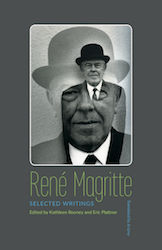
From RENÉ MAGRITTE: SELECTED WRITINGS. Used with permission of University of Minnesota Press. Copyright © 2016 by Kathleen Rooney and Eric Plattner.
René Magritte
René Magritte (1898-1967) was an internationally renowned Belgian Surrealist painter who also wrote prolifically on art and other subjects.












